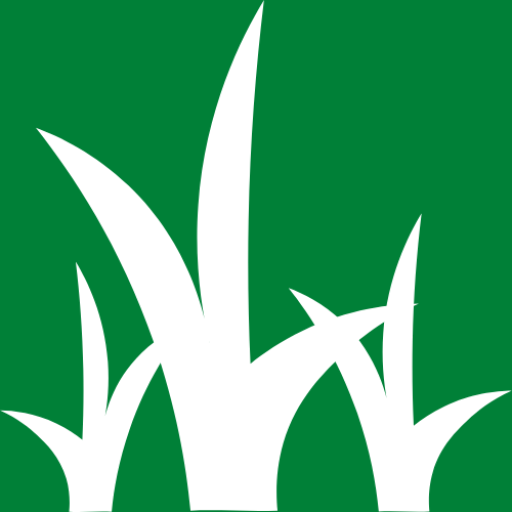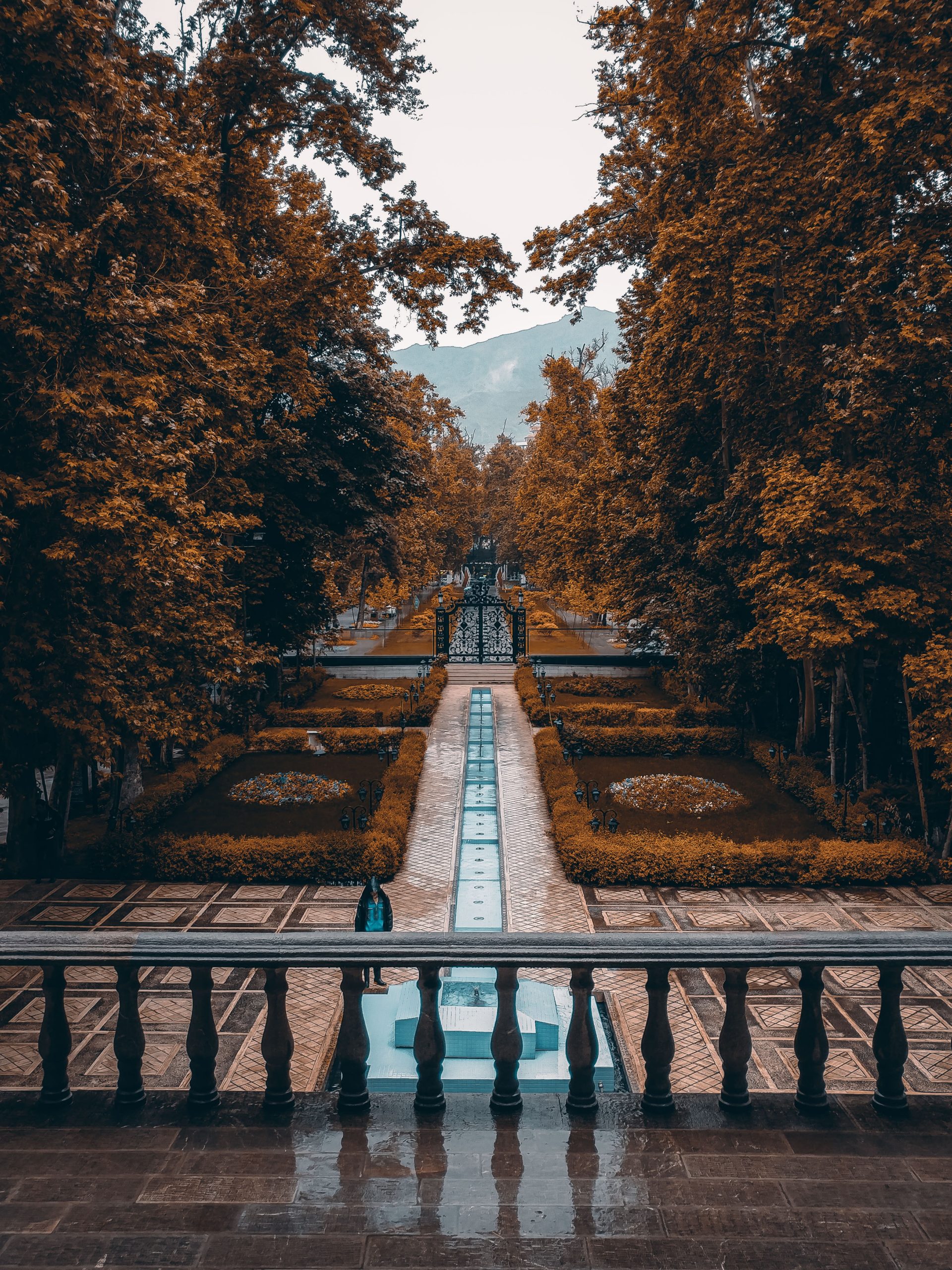Due to the danger of early winter frosts, many gardeners skip fall gardening entirely. Fall gardening, on the other hand, offers excellent vegetables and extends crop output long after spring-planted plants have died. Fall vegetables are sometimes sweeter and milder than summer vegetables, providing a new dimension to old favorites.
What you cultivate in the fall will depend on your available area and what you choose to eat, just like what you grow in the spring. Even heat-loving crops like tomatoes, sweet potatoes, okra, and peppers will produce until frost, which can arrive late in the season in the south. Some plants, however, such as snap beans, summer squash, and cucumbers, will perish before the end of the summer. If planted in the middle of summer, these veggies can be harvested until the first frosts. Hardy, sturdy vegetables may grow in temperatures as low as 20°F, but weaker types can only withstand minor frosts. Remember that if you have root and tuber plants and the tops are destroyed by a freeze, you can rescue the edible area by applying a lot of mulch.
Choose vegetables with the shortest growing season for fall gardening so that they can be completely matured and harvested before the frost arrives. Most seed packets will be labeled “early season,” or you can look for seeds that mature in the fewest days. Look for fall gardening seeds in the spring or early summer; they are typically out of stock by the end of the summer. They can be stored in a cool, dry area until you are ready to plant them.
To decide the best time to start fall gardening in your area, first calculate when the first hard frost will occur. One of the best methods to tell is through a Farmer’s Almanac. They will provide you with precise dates that are nearly never incorrect. You’ll also need to know how long your plants will take to mature.
Remove any residual spring/summer crops and weeds before preparing your soil for fall cultivation. If crops from the previous season are left in the garden, bacteria and disease might spread. To supply nutrients, spread a couple of inches of compost or mulch over the garden area; however, if spring plants were heavily fed, this may not be necessary. Water the top layer of soil and set it aside for 12-24 hours. When this is finished, you are ready to start planting.
Many gardeners avoid fall planting to avoid frosts, but hardy, sturdy vegetables can withstand a few frosts and provide a delicious harvest. Fall gardening allows you to enjoy your vegetable garden for an extended period of time.

